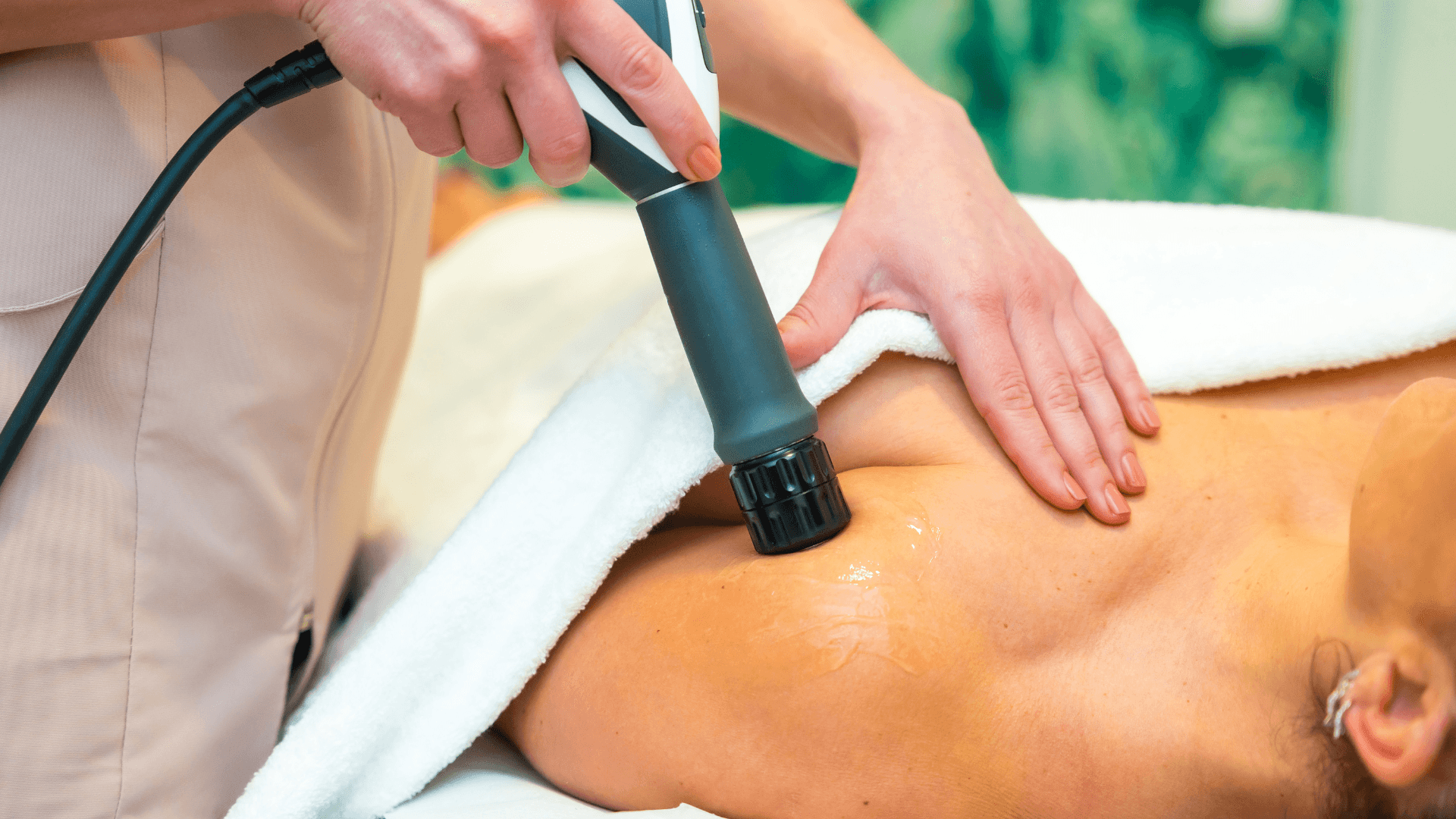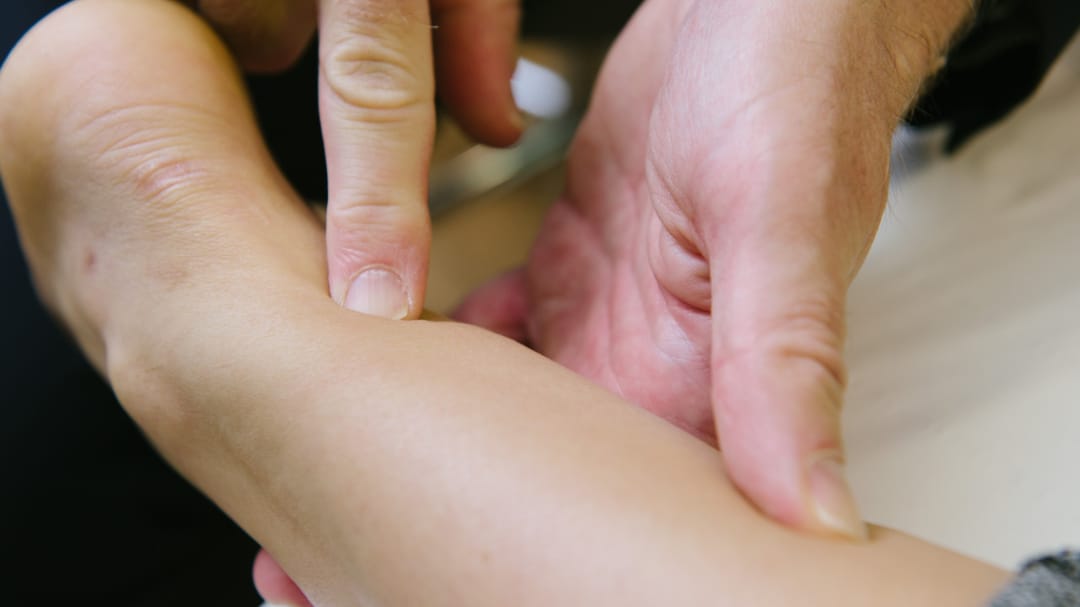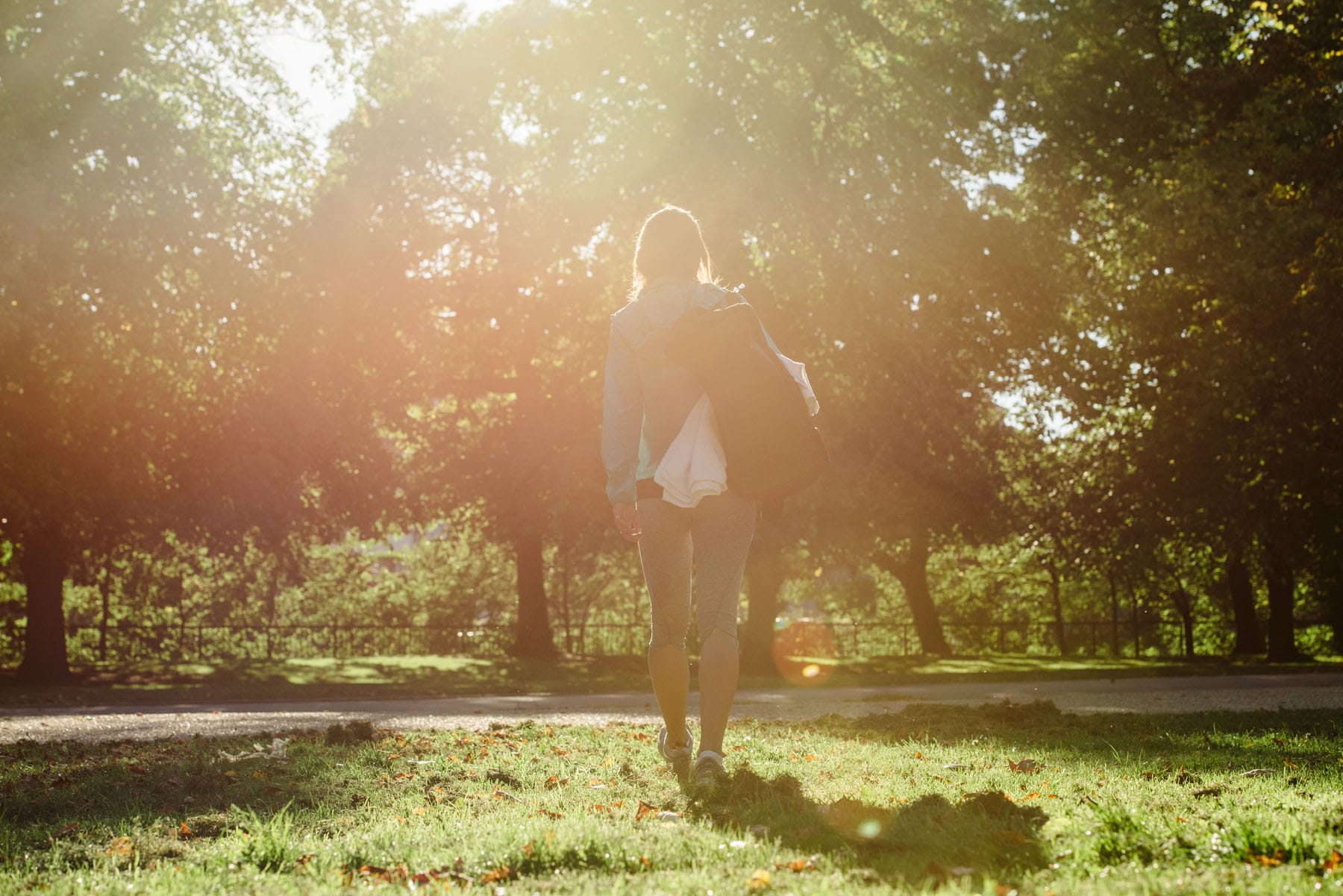What is: Shockwave Therapy?

Dr John Etherington CBE
Medical Director & Consultant Rheumatologist
- 18 September, 2019
- Shockwave Therapy
- 3 min read
What is: Shockwave Therapy?

Extracorporeal Shockwave Therapy (SWT) is a non-invasive treatment for musculoskeletal conditions causing pain.
It is primarily used to treat chronic tendon, fascia and muscle disorders. Shockwave therapy is typically done for between 3 and 6 sessions, spaced one week apart. Shockwave therapy aims to reduce pain and promote healing in the affected area.
What can Shockwave Therapy be used for?
The most common indications for SWT include:
- Plantar Fasciopathy
- Achilles Tendinopathy
- Patella Tendinopathy
- Greater Trochanteric Pain Syndrome
- Hamstring Tendinopathy
- Calcific Tendinosis in the Shoulder
- Tennis Elbow and Golfer’s Elbow
When is Shockwave Therapy used?
SWT may be offered to patients who have not responded well enough to other treatments such as physiotherapy, orthotics (insoles), pain relief and rest. SWT should be used alongside a rehabilitation program, aiming to improve biomechanics, strengthen tissue and improve its tolerance to load.
Contraindications to Shockwave Therapy
Please let your Doctor know if any of the following apply to you:
- You are pregnant
- You have a cardiac pacemaker
- You have had a corticosteroid injection within the last 3 months
- You are currently having treatment for cancer
- You have a blood clotting disorder
- You are using blood thinning medication
Is Shockwave Therapy safe?
Shockwave is a very safe and well tolerated treatment. Patients may experience discomfort during treatment; however, we will adjust settings in order to make treatment comfortable and tolerable. Over time, pressures can be adjusted to gain maximum benefit.
Following treatment, patients may experience slightly more pain and redness in the area, but symptoms usually resolve within 24-48 hours. There is a very small risk of tissue rupture. Adverse effects will be monitored, and treatments will be adjusted as necessary.
What happens during the procedure?
- At Pure Sports Medicine, Shockwave Therapy is carried out by our Consultants in Sport and Exercise Medicine. Having established a diagnosis and any previous therapy, Shockwave Therapy may be offered as a potential treatment, with discussion regarding the proposed benefits, potential side effects and treatment regimen.
- We will ask you to complete a questionnaire to ascertain pain levels and the impact on function arising from your specific condition.
- Having discussed the proposed benefits and possible adverse effects, we will gain consent and proceed with treatment. You will lie down on a plinth in a comfortable position, and the Doctor will put some coupling gel on the injured area to allow shockwaves to pass into tissues more efficiently.
- The applicator will be placed on the painful area, and shockwaves will be delivered into the tissues.
- Each session of shockwave therapy will take 5-10 minutes to complete, depending on the area treated. As most patients do experience some discomfort during the procedure, we will monitor your pain levels throughout and adjust the treatment accordingly, aiming to apply pressures within a specific range to treat specific conditions.
- After the treatment, you will be able to get up and walk straight away. If you do experience discomfort following the shockwave treatment, you can take over the counter painkillers, such as paracetamol, but do not take anti-inflammatories (ibuprofen) or apply ice to the area, as these can interfere with the healing process.
- We advise refraining from any high intensity aggravating activities for 48 hours post-treatment. You will be advised to continue with your usual rehabilitation program alongside shockwave therapy.
- At the start of each shockwave session, we will assess how you are progressing.
- After completing a course of shockwave therapy, our Doctors will reassess your pain and function and discuss options for the next steps in your management

Advice
Over the last 20+ years our experts have helped more than 100,000 patients, but we don’t stop there. We also like to share our knowledge and insight to help people lead healthier lives, and here you will find our extensive library of advice on a variety of topics to help you do the same.
OUR ADVICE HUBS See all Advice Hubs

